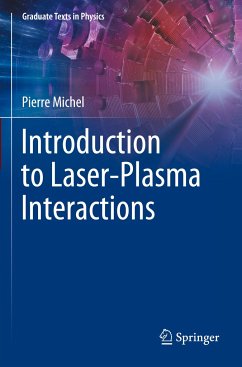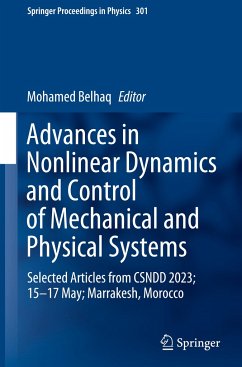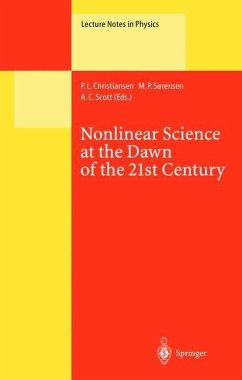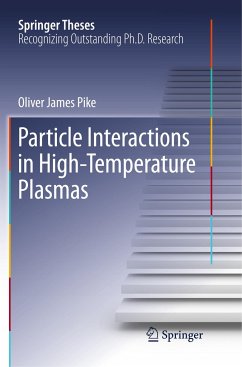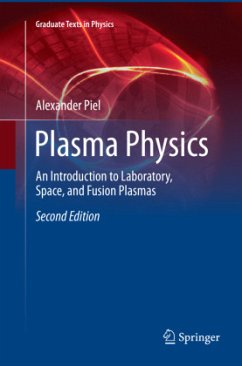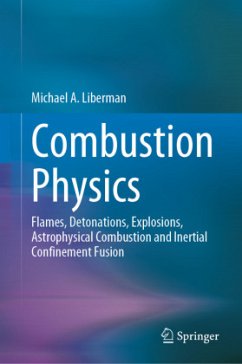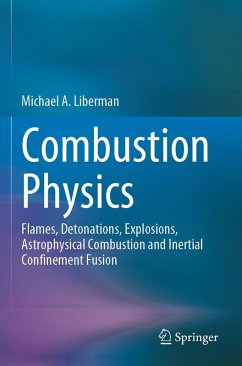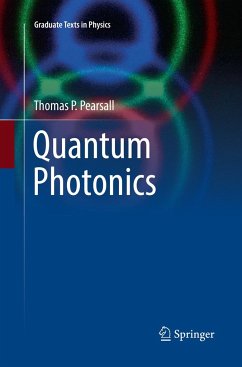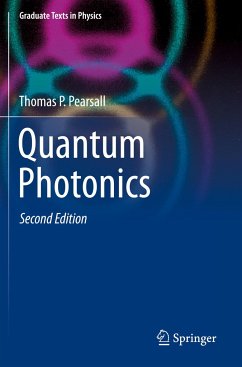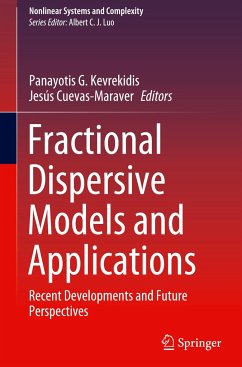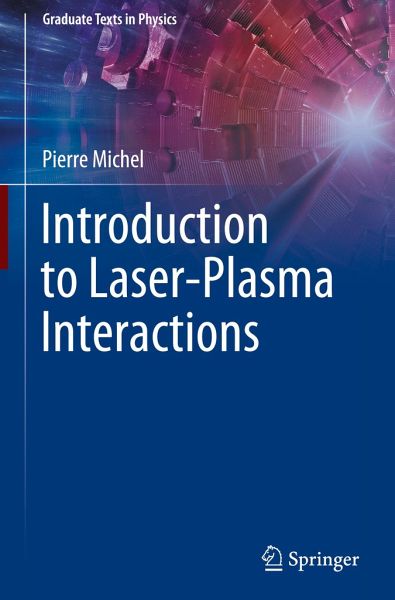
Introduction to Laser-Plasma Interactions
Versandkostenfrei!
Versandfertig in 6-10 Tagen
65,99 €
inkl. MwSt.
Weitere Ausgaben:

PAYBACK Punkte
33 °P sammeln!
This textbook provides a comprehensive introduction to the physics of laser-plasma interactions (LPI), based on a graduate course taught by the author. The emphasis is on high-energy-density physics (HEDP) and inertial confinement fusion (ICF), with a comprehensive description of the propagation, absorption, nonlinear effects and parametric instabilities of high energy lasers in plasmas.The recent demonstration of a burning plasma on the verge of nuclear fusion ignition at the National Ignition Facility in Livermore, California, has marked the beginning of a new era of ICF and fusion research....
This textbook provides a comprehensive introduction to the physics of laser-plasma interactions (LPI), based on a graduate course taught by the author. The emphasis is on high-energy-density physics (HEDP) and inertial confinement fusion (ICF), with a comprehensive description of the propagation, absorption, nonlinear effects and parametric instabilities of high energy lasers in plasmas.
The recent demonstration of a burning plasma on the verge of nuclear fusion ignition at the National Ignition Facility in Livermore, California, has marked the beginning of a new era of ICF and fusion research. These new developments make LPI more relevant than ever, and the resulting influx of new scientists necessitates new pedagogical material on the subject. In contrast to the classical textbooks on LPI, this book provides a complete description of all wave-coupling instabilities in unmagnetized plasmas in the kinetic as well as fluid pictures, and includes a comprehensive description of the optical smoothing techniques used on high-power lasers and their impact on laser-plasma instabilities. It summarizes all the key developments from the 1970s to the present day in view of the current state of LPI and ICF research; it provides a derivation of the key LPI metrics and formulas from first principles, and connects the theory to experimental observables.
With exercises and plenty of illustrations, this book is ideal as a textbook for a course on laser-plasma interactions or as a supplementary text for graduate introductory plasma physics course. Students and researchers will also find it to be an invaluable reference and self-study resource.
The recent demonstration of a burning plasma on the verge of nuclear fusion ignition at the National Ignition Facility in Livermore, California, has marked the beginning of a new era of ICF and fusion research. These new developments make LPI more relevant than ever, and the resulting influx of new scientists necessitates new pedagogical material on the subject. In contrast to the classical textbooks on LPI, this book provides a complete description of all wave-coupling instabilities in unmagnetized plasmas in the kinetic as well as fluid pictures, and includes a comprehensive description of the optical smoothing techniques used on high-power lasers and their impact on laser-plasma instabilities. It summarizes all the key developments from the 1970s to the present day in view of the current state of LPI and ICF research; it provides a derivation of the key LPI metrics and formulas from first principles, and connects the theory to experimental observables.
With exercises and plenty of illustrations, this book is ideal as a textbook for a course on laser-plasma interactions or as a supplementary text for graduate introductory plasma physics course. Students and researchers will also find it to be an invaluable reference and self-study resource.





